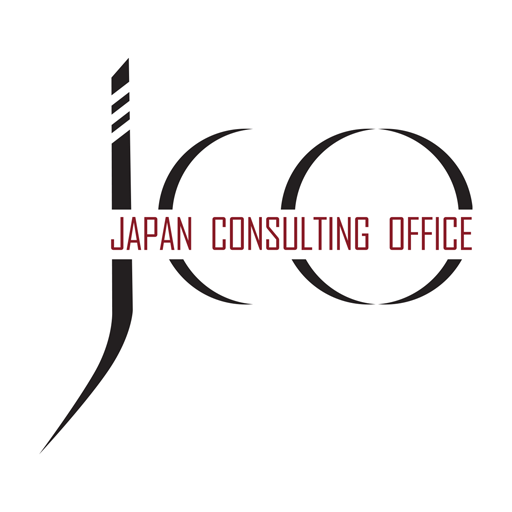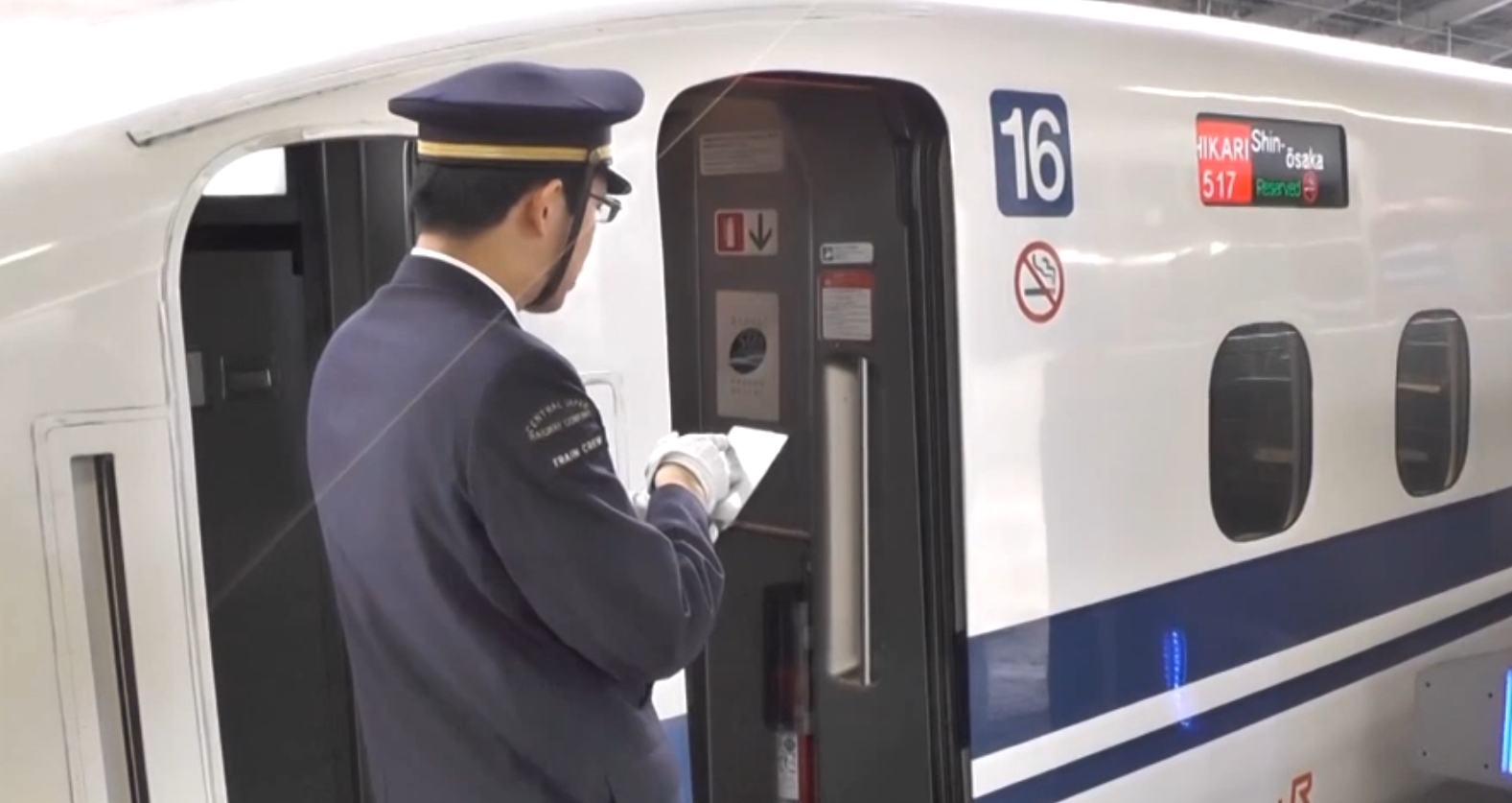Here is an important piece of information that will help you work with Japanese here and at the HQ.
If you have ever seen Power Point slides created by Japanese will have noticed 2 points:
a. Every slide has an extremely dense layout.
This is owed to a very much detail-based approach that states that "for a complete overview, one story needs to be on one slide". We will cover the thinking behind that in another article.
b. ✖, 〇 and △ are used throughout.
In the Japanese language, the ✖ or “batsu” literally means “false/cancel”. So naturally the ✖ icon refers to an outlook or probability being "negative" or simply to something “not being available”. You may have observed Japanese colleagues either make the ✖ sign with either 2 index fingers or with 2 hands to signal that something is "out of the question".
The opposite term in Japanese is the word “maru” as written using the character 〇, meaning to “correct/confirm”. In lists it is used simply as the Japanese equivalent of a Western style tick mark such as ☑.
Many non-Japanese will have seen this iconography on countless powerpoint slides, connoting a "negative" or "positive" outlook for example. Often two ✖ or 〇 are used, analogous to using "++" or "--".
The last △ is simply the place in the middle, in other words often it is used for “neutral” or “neither especially good nor especially bad”.
Presenting a device without merits?
There have been instances where Western companies tried to pitch something to a Japanese customer but, to list the merits of their proposal, inadvertently were using bullet point icons that looked like an × to Japanese eyes.
Of course, the Japanese side was surprised to see that according to the slide shown, almost all of the interesting functions of the new device were marked as “negative” or “not available”
Fortunately, a Japanese participant did ask about it and so they could clarify it…
Changes ahead in some areas?
There is an interesting use case of these icons that are not connected to business and work.
If you play video games, you will be aware that for example Sony’s Playstation console also has ✖ and 〇 buttons on the controller to navigate through the menus.
Here comes the catch, the usage of 〇 and ✖ within the Playstation ecosystem has always been the exact opposite in the rest of the world.
While in Japan the meaning of ✖ and 〇 are equivalent to their use on slides as determined by the Japanese language, outside of Japan pressing the circle is "to cancel" while choosing the ✖ means "to confirm" an action or option.
The reason is shrouded in mystery as far as we know. It may only be conjecture, but could there be a connection to the 〇 resembling a “stop sign” and the ✖ usually being used as a check mark as in “X marks the spot”?
As this has been the standard for many years, it came as a very big surprise to Japanese gamers that for the Playstation 5, from launch onward even Japanese gamers have had to switch over to using the non-Japanese way of cancelling and confirming.
Also, the traditional colours associated with the buttons are now gone with the new all-white design of the controllers, possibly to support this global standardization.
While it is not clear whether this is the new way forward only for the menu is which gamers navigate between games and not in the actual games, this marks a very big shift towards standardization across all regions.
But while many non-Japanese may not care about this change, in Japan this basically means that “batsu/✖”, in other words “no”, now means "yes" and vice versa.
To summarize
Idiosyncrasies like the one described above do not seem to have a place in an ever more global marketplace any longer, even if it means asking the Japanese audience to accept major change.
In a sense, globalisation may finally be "circling" back around to even the Japanese market. It will be interesting to see whether this trend continues in other areas too!
Addendum:
To add to the confusion, it's important to note that ▼ and ▲ in front of a number often indicate a negative value or a decrease ("minus/- ___"). Just imagine an arrow pointing downward!
Learn more about these and many other current developments in our public and in-house sessions, online and offline in many languages and time zones (CST, CET, JST, SST!)





